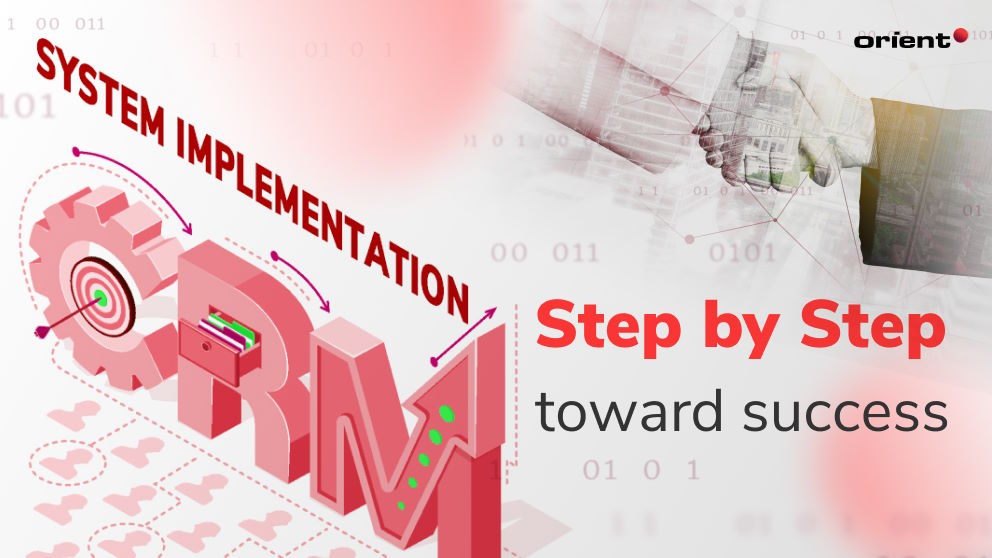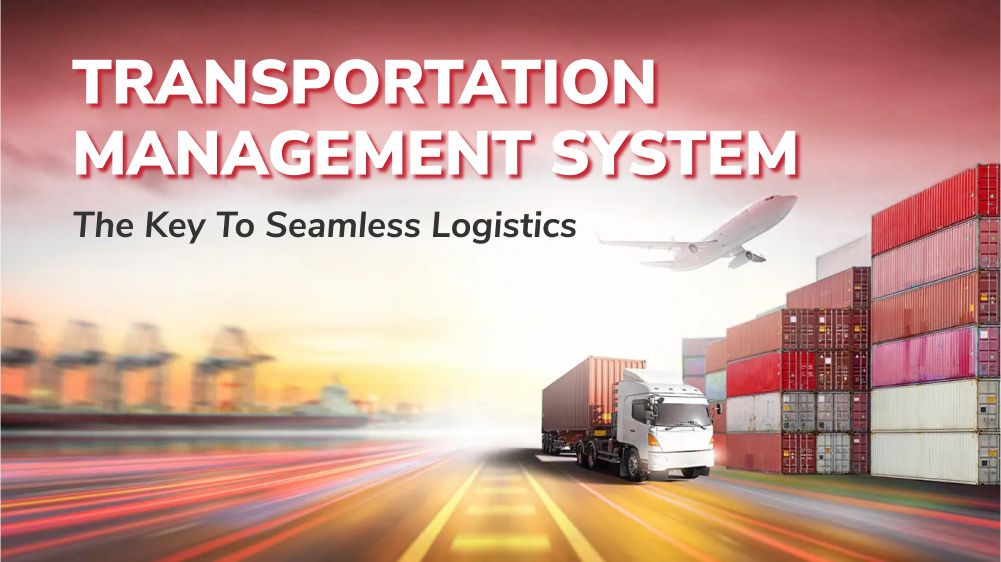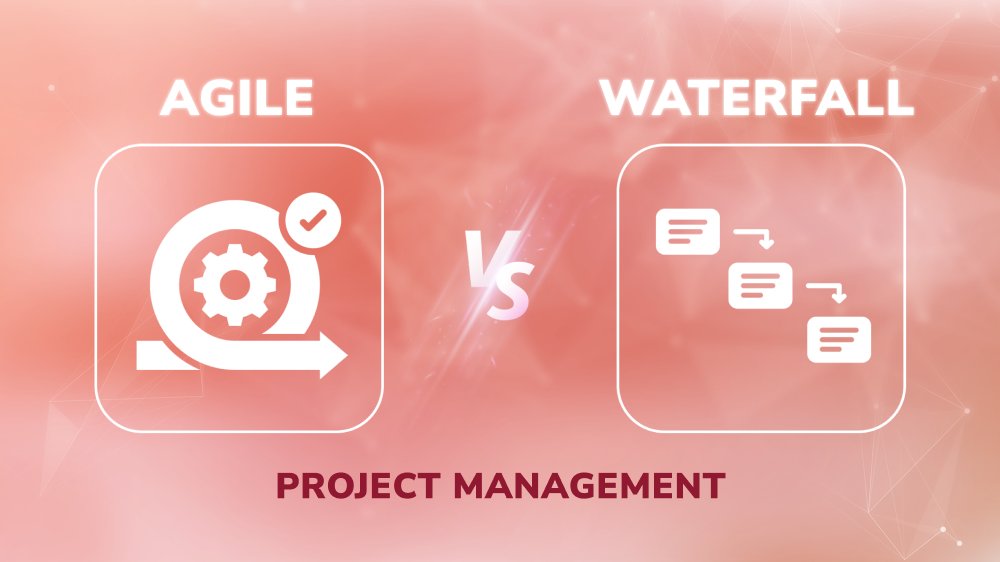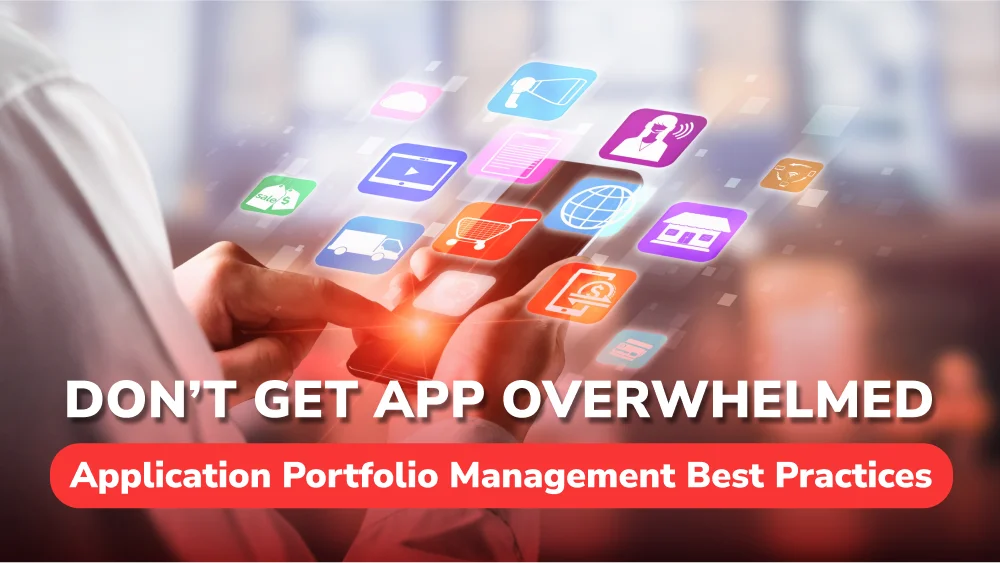CRM System Implementation: Step by Step Toward Success

Content Map
More chaptersThe business realm we see today is far different from itself in the previous time, yet in a positive way. Digitalization has brought forth technological innovations across business processes and drives unprecedented success.
A prime example of business software that must be mentioned is CRM technology - which has revolutionized the way an organization connects with its current customers and leads. With 57% of businesses perceiving CRM systems as the most valuable software solutions, the global market size for CRM investment is forecasted to reach $145.79 billion in 2029, translating into a CAGR of 12.5% during the 2022 – 2029 period.
For beginners, this is a CRM implementation guide - discussing the crucial steps involved in setting up an effective CRM system for your business. Let’s wait no more time and get started.
What Is Customer Relationship Management?

Just as simple as it sounds, customer relationship management (CRM) refers to a comprehensive set of principles, practices, and guidelines defined to administer the relationships and interactions between an organization and its existing customers and prospects.
CRM is a communication strategy that is not only about dealing with lead management and the sales process but more about understanding and responding to the mutable needs of the targeted customer base and creating meaningful, long-lasting relationships with customers. Not only that, successful CRM implementation benefits business owners in the way of gaining insights into their internal processes and operations so that they can modify and enhance them.
How Does CRM Operate?
Basically, CRM is the game of customer data, and this process involves several stages throughout the entire customer journey:
- Data Collection: The very first phase is to gather customer information that can translate into behaviors, attitudes, and preferences. The input comes from various sources, such as websites, social media, chatbots, emails, phone calls, and more.
- Data Organization and Analysis: Raw customer data is stored and segmented into categories and then analyzed to translate it into actionable insights.
- Data-driven Actions: The CRM data output will continue to go through the validation phase and construct a clear customer profile - which influences the process of creating targeted marketing campaigns, personalized experiences, service protocols, etc., and making decisions.
CRM users are often the sales team, digital marketing professionals, and customer support reps whose responsibilities primarily include customer outreach and engagement.
What Is CRM Software?
As introduced at the beginning, customer relationship management is now coupled with digital systems or platforms - called CRM software.
A CRM platform is made of essential features:
- Contact Management
- Lead Management
- Sales Forecasting
- Data Analytics and Reporting
Such solutions aim to streamline the activities of managing customer relationships at a higher level than manual methods. They eliminate as many mundane manual activities as possible and cut through the chase to the final objective - maximizing customer lifetime value and converting as many potential customers into sales and revenues as possible. In short, CRM software offers adopters a package of benefits.
The best CRM software available today is Salesforce Sales Cloud, Zoho CRM, HubSpot CRM, Pipedrive, and Keap.
Based on the business goals, a CRM solution can be developed or configured accordingly. Therefore, business owners can choose to purchase a ready-made product from a CRM vendor and have the provider set up and customize the system on their behalf. Alternatively, businesses can also opt for a software development company for custom software development services that address accurately what they need.
A Successful CRM Implementation Process Within Seven Steps

Every time new innovations come in, there needs to be a proper implementation strategy. You are going to need a roadmap to firmly set up your business processes for a CRM implementation project. What does a successful CRM implementation plan look like? Ideally, a CRM setup will be accomplished after the following steps:
Step 1: Define Your CRM Implementation Budget & Goals
If customer relationship management projects fail to plan, they are planned to fail. This fact is underscored by specific figures from CIO Magazine, which reveal that 33% of CRM projects are flawed. Make sure you tick all points in the following checklist:
- Certainly, the first move in your plan is to sit down with your key stakeholders and look into your needs, thereby setting goals for the final destination of CRM implementations. Ask yourself questions: What problems will you solve with CRM integration? What are your expectations from the new CRM platform? Do you require a sales CRM system to help coordinate sales, marketing, and customer service or one with advanced data analytics? Other queries alike.
- Next, convert your goals into tangible parameters (could be monthly or quarterly targets) that you can monitor and measure progress.
- Then, assess your budget with a critical eye. How much do you expect to invest in the CRM implementation plan? What are the expected returns? Will it be feasible to afford?
- As a final step, document all vital goals and resources per stage of the project. An example is outlining timelines for each stage.
Step 2: CRM Selection & Implementation Team Assembly
It is a big change to integrate a new system into your digital ecosystem, no doubt. Thus, this step is the time for an organization to work out its choice of the right CRM software solution. With lots of software options available, each offers different features and capabilities and fit for different sizes of businesses. Ensuring the best CRM solution for your needs in place is essential, so you should involve a team in this decision that would be using the system.
To be more precise, it is a CRM implementation team that typically consists of IT professionals, developers, sales reps, customer service agents, and, last but not least, a project manager - who is accountable for the entire process. These people will represent different roles in the systems’ implementation, maintenance, and usage. Once you are done here, you can contact the suppliers for demonstrations.
Step 3: Data Migration and Integration

Data is the lifeblood of a CRM system implementation; therefore, data cleansing or scrubbing, as well as its preparation for migration to the new system, are crucial activities for this stage.
Data migration and integration is a highly detailed process that involves transferring data from the existing system to the newly implemented CRM. In specific, this process begins with data cleansing, where the existing data is thoroughly scrutinized for any inconsistencies, duplicates, or irrelevant entries. This step is crucial to ensure that the data imported into the new CRM is accurate, relevant, and valuable for business decisions.
After the data cleansing, the actual migration process begins. The data is mapped from the old system to the new one, where each data field from the old system is associated with a corresponding field in the new CRM. During this process, any necessary transformations or adjustments to the data format or structure are made to ensure compatibility with the new system.
The final step involves validating the transferred data in the new CRM system. This validation process involves cross-verification of the data entries, ensuring all fields are correctly filled out and that the data is displayed correctly in the new system.
Data integration at this point means the process of combining data from multiple sources, such as social media, emails, website interactions, spreadsheets, and other legacy systems, into the CRM. This allows for a unified view of the customer, and it’s essential for creating personalized customer experiences based on the complete customer journey. Thanks to modern software integrations designed exclusively for data migration, transferring your files and information can be done seamlessly without the risk of losing any crucial data points. At the end of this stage, all data is correctly integrated with no errors or discrepancies within the system.
Step 4: Configuration & Customization
Your job is not done yet. A well-implemented CRM solution will need adjustments from time to time to be suited to your particular business processes. Therefore, this step will involve the customization of your system’s functionality and reporting features according to the data captured.
Lots of custom configurations can be made without any technical support, including creating additional fields for storing unique customer information, setting up workflows that automate repetitive routine tasks such as sending out emails or updating records, or designing dashboards and reporting formats that can provide real-time insights into your customer data. In most cases, this is also the time to incorporate any unique features or functionalities specific to your business needs. This could involve designing custom modules like marketing automation tools or order processing systems that can be integrated with the CRM and help streamline your business operations.
Not yet. You still need to carry out system testing - which includes several tests, such as usability testing, performance testing, compatibility testing, security testing, and functional testing. All serve the final goal of guaranteeing the CRM software meets the predefined requirements and works efficiently in a production environment with real-time data entry and system usage. Furthermore, testing is also conducted to validate any customizations or configurations made in the previous step, ensuring they function as expected without any errors.
Step 5: CRM User Training
Effective CRM implementation cannot be completed without proper training. Regardless of how user-friendly a CRM software may seem, it is still vital to provide proper training to the users who will directly operate the system - which definitely means your employees. This CRM implementation step involves educating your staff on how to use the newly implemented CRM effectively and efficiently. The project managers and the implementation teams will be in charge of this step as well, making sure that the employees are comfortable with operating the CRM and can make full use of its features.
Without adequate training, there is a high chance that employees may use only limited features or not know how to navigate through different system functions, thus reducing the expected efficiency and productivity of the CRM. Training sections should cover all aspects of the customer relationship management system, such as data entry, reporting tools, customizable workflows, and any other unique features or integrations. This step is essential to ensure that your team is adequately equipped with the knowledge needed to utilize the CRM software to its full potential.
Moreover, training also aims to emphasize the importance of CRM and raise awareness of how it can benefit users in their daily tasks. It is not unfamiliar for employees to resist change, especially when it involves learning new systems or innovations. Guidance and training will help ease stress and help people overcome this natural resistance in order to foster a positive attitude toward the CRM as well as any upgraded ways of working now and later. And in that approach, you take one step closer to implementing CRM systems successfully.
Step 6: Go-Live & Post-implementation Support

Now that everything is all set, you are ready for a rollout. Encourage feedback and be prepared to make adjustments as needed.
But bear in mind that this does not mark the end of your CRM implementation journey. Post-implementation support is crucial to ensure that any issue or concern that arises is addressed promptly and efficiently. This support can be provided by the CRM vendor or through an in-house team trained to handle any technical difficulties. Additionally, conducting regular system audits and monitoring usage data can help identify areas of improvement and make necessary upgrades or changes to ensure the CRM continues to meet your business needs.
Last Note
A few last words. A so-called successful CRM system implementation endeavor is a multi-step process that entails quite an investment. Therefore, every step must be planned and executed with utmost care and attention to detail. Hopefully, this guide has made a great frame for your CRM implementation construction, and you are now equipped with the necessary knowledge to implement a successful CRM system for your business. Remember, it is not just about implementing new software but rather about leveraging technology to enhance customer retention and drive growth for your organization. With the right approach and dedication, you can achieve the desired results from your CRM implementation efforts. So go ahead and make a move now.
If your business process is intricate and you need any assistance with a tailor-made CRM solution, do not hesitate to contact Orient Software, where the best developers and consultants will provide you with expert advice and support to build up your own customer relationship management platform. A CRM application with all the functionalities catered to your niche needs and innovations driven by top-notch technologies, like artificial intelligence and machine learning or big data. Such a one-stop solution will help unlock your business’s full potential. So, what do you say? Drop us a line, and let us aid you.







